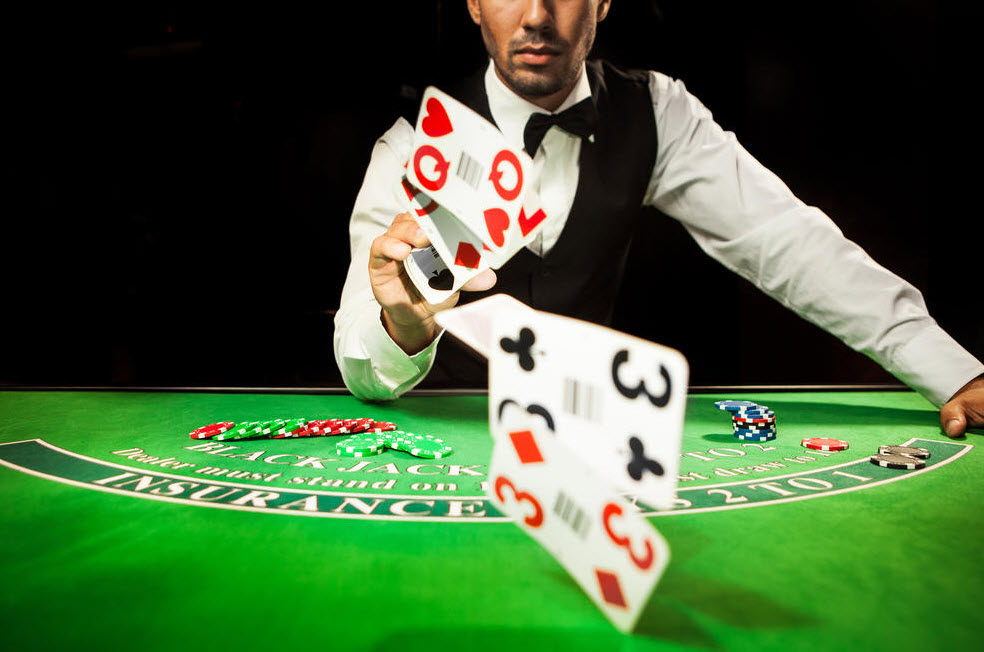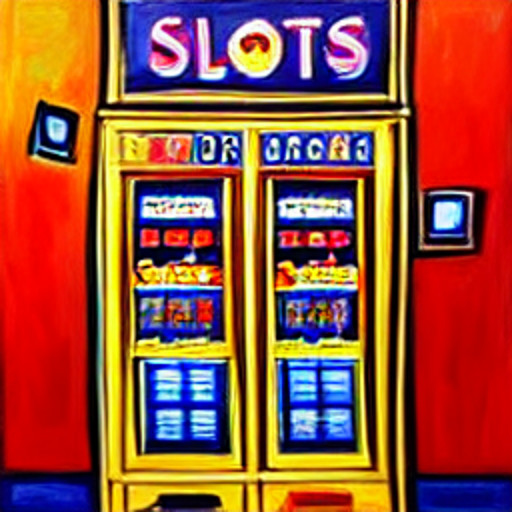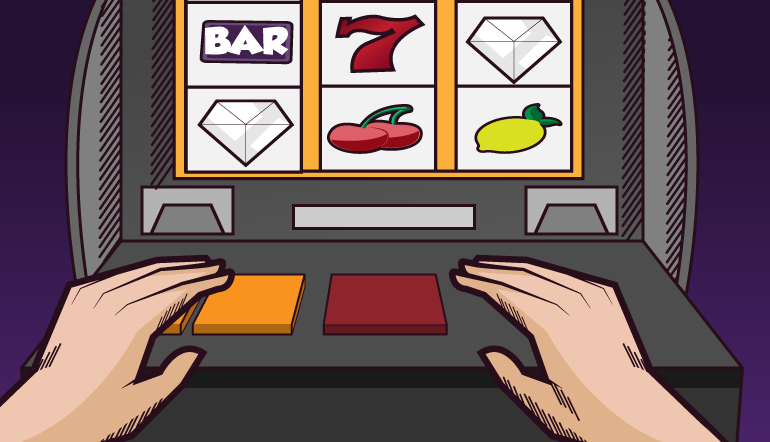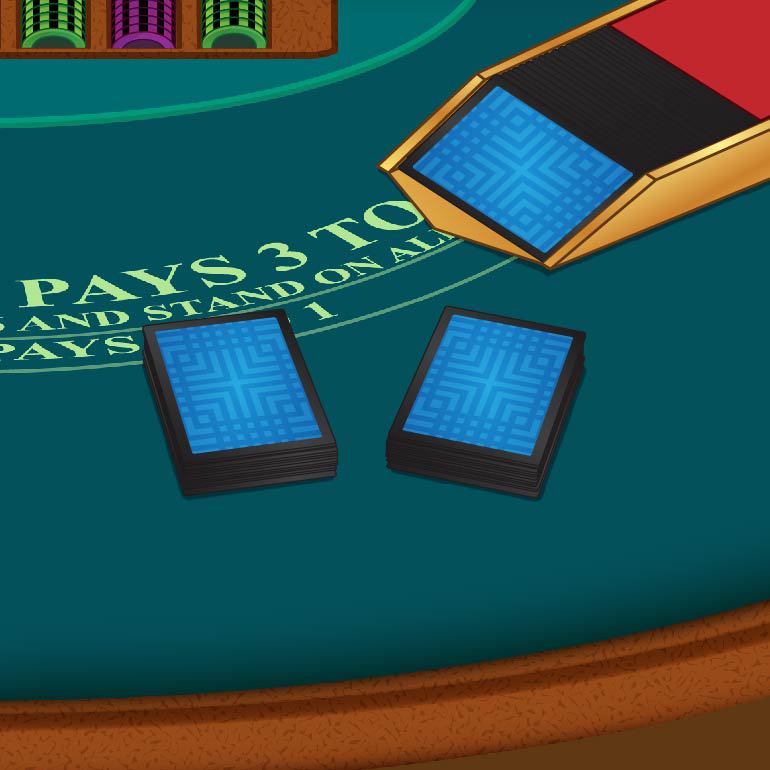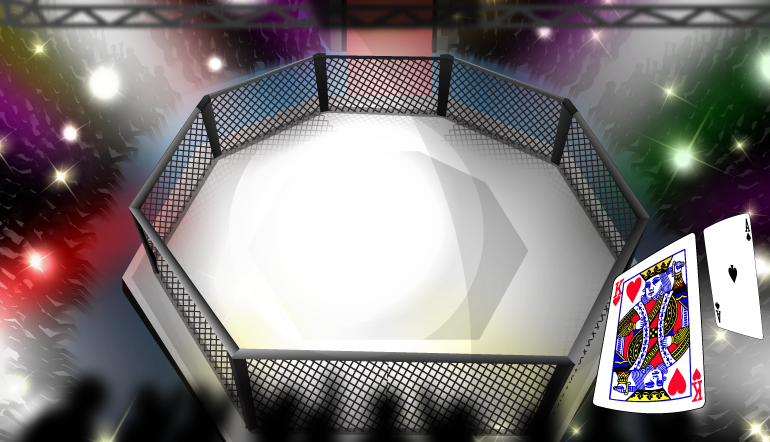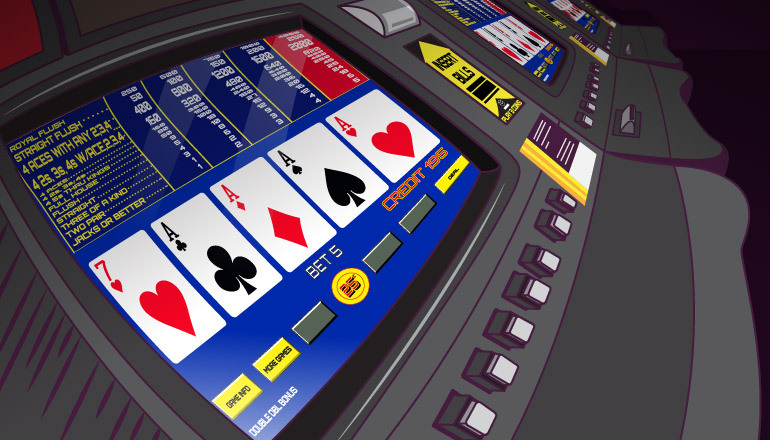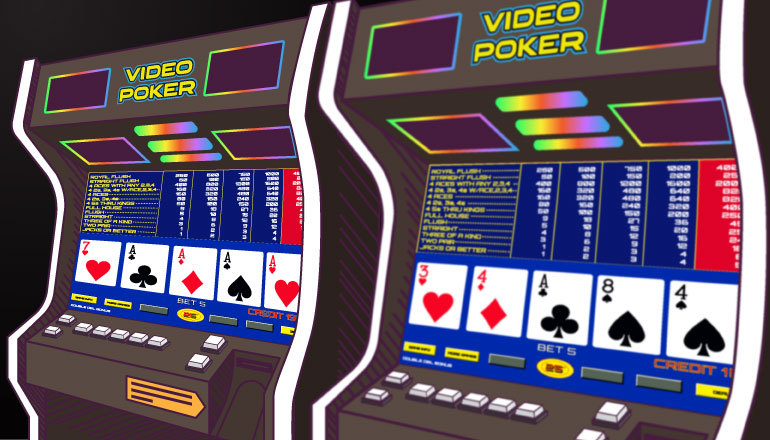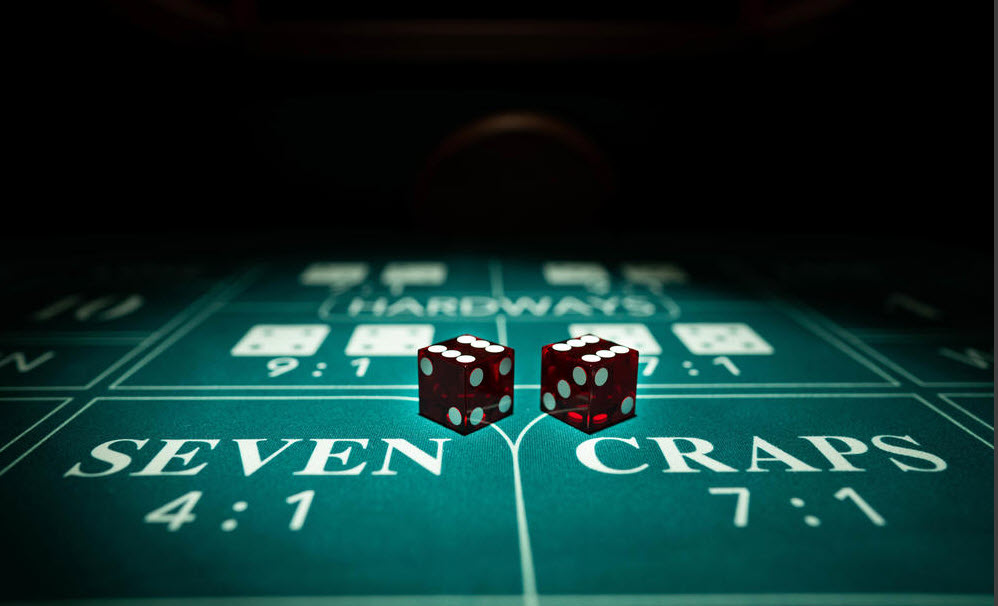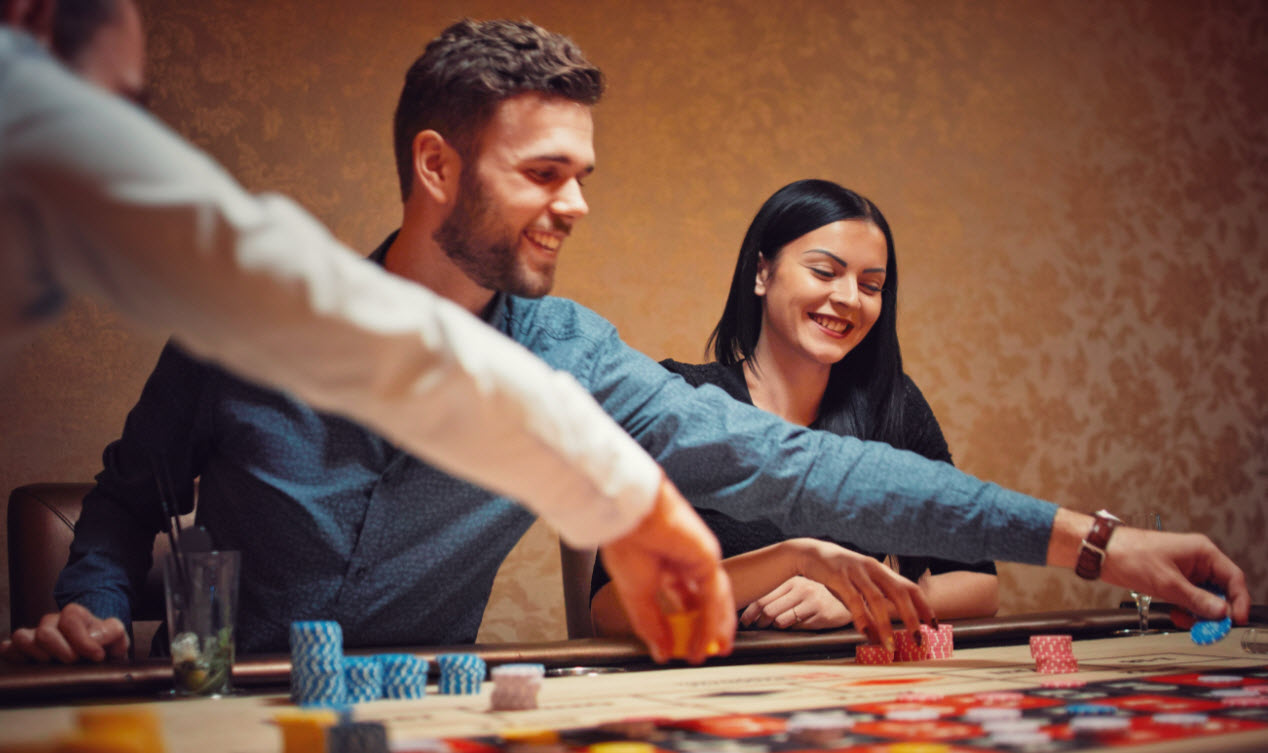Video poker is a great game favored by many casino players because:
- It generally has a low house edge.
- It allows players to select which cards to hold or discard, thereby making them active participants in the game.
- Knowledgeable players can:
- Determine the game/pay table combination’s average return.
- Determine the volatility of the game/pay table.
- Develop a playing strategy for the game/pay table that produces the highest possible average return.
Many players, especially the more inexperienced, will give the casino more of their dollars because they are unaware of certain facts. This article presents several video poker tips that allow players to make the most of their play.
Contents
1. Choose the right goal
Playing video poker can be exciting. Selecting cards to hold makes you part of the game. Many players think that the goal of playing video poker is to win as many hands as possible.
That is not the case. Winning the most money for overall play is the goal of successful video poker players. Read on to see how to win the most money for your play.
2. Select the best game
There are dozens, even scores of different video poker game variations. Additionally, each different game can (and usually does) have several different pay tables. With so many to choose from, how does a successful player determine the best game – the one that will win the most money for them long term?
There are three major considerations.
- Return – Successful video poker players choose the game with the highest possible return. The higher the return, the better the chance to become a winner – or at least not as big a loser.
- Variance – Variance is the degree of fluctuation in your gambling bankroll. Different games and pay tables have variances. Two different game/pay table combinations can have the same return but dramatically different variances.
Variance affects bankroll. Higher variance games require a larger bankroll to weather the steeper bankroll drawdowns of these games.
Players with smaller bankrolls (or an emotional problem with losing quickly) should steer clear of high variance video poker games.
- Playing strategy. In order to make the most money overtime, successful video poker players know the proper playing strategy for the game or games they play. Some strategies are straightforward. Others are very complex.
Straightforward strategies are easier to learn and remember. Complex strategies are harder to learn and to play properly when in the casino. Successful video poker players choose games with strategies they can master and play correctly.
3. Make sure you select the game you really want
Most video poker players know that the full-pay jacks or better game pays 9-for-1 for a full house and 6-for-1 for a flush. For this reason, it is sometimes referred to as 9/6 jacks or better. This game returns 99.54% with perfect play, so it is a game worth playing. Also, it is getting harder to find because of the high return.
A friend and I were in a casino several years ago. We walked through it looking for a 9/6 jacks or better video poker game to play. Shortly into the walk, he excitedly exclaimed, “I found a 9/6 jacks or better game!”
After walking over to the game and examining it a bit more closely, I commented that yes, it was, indeed, a 9/6 game. Then I pointed to the name of the game that was displayed on the lower left of the screen. Unfortunately, it was a 9/6 double-double bonus poker game. This game returns just 98.98%. Also, 9/6 jacks or better has a variance of 19.5 while double-double bonus poker has a variance of 41.9.
In addition to having a much lower return and a much higher variance, the playing strategy is significantly different. If my friend had played this game with jacks or better strategy, he likely would have lost his bankroll very quickly.
When searching for your game of choice, check the name of the game that is displayed on the screen. Make sure it is the game you want, not just a game that has the same payouts for a couple of hands.
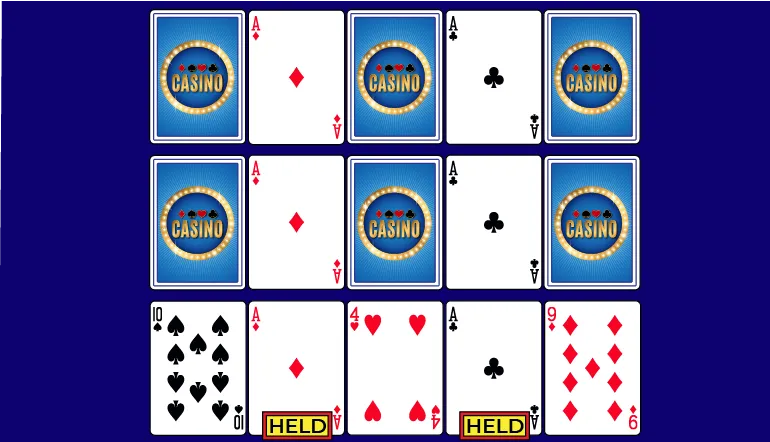
4. Examine the entire pay table
Yes, it was quite a lesson for my friend. Things are not always what you think they are. A successful video poker player must be very observant.
Had my friend taken the time to look at the entire screen, he would have seen that it was not the game he wanted.
But what if it did say that this was a jacks or better game? Would that prove it returned 99.54%? Absolutely not.
Two to three decades ago, it might have. Back then casinos generally only changed the payouts for the full house and flush on a jacks or better-based game. That, sadly, is no longer the case. Casinos (brick and mortar as well as online) are in business to make money.
Casinos began changing the pays for other winning hands as well. It’s my belief that it was done to intentionally fool unobservant players into playing an inferior game.
Video poker gives players all the information they need to determine the return. The only way to do that, however, is to examine the entire pay table. Make sure that every winning hand is paid the same as in the game you want. If not, it is best to move on.
Not only will other changes to the pay table alter the return, it will also alter the proper playing strategy. Successful video poker players play games and pay tables they know.
5. Know and use the proper playing strategy
As mentioned previously, different games as well as different pay tables not only alter the return and variance, they also alter the playing strategy.
A successful video poker player MUST play the proper strategy for both the game and the pay table to obtain the highest possible long-term return.
Sounds like a lot of different strategies, doesn’t it? It certainly is. But there is some good news. While there are many different games and pay tables, each casino tends to have only one, two or maybe three different pay tables for each game.
If you are like most players, you frequent only a select few casinos. Look at the pay tables for your potential (or two or three potential) games. Jot down the winning hands and pays for each. With this information you can obtain the return, variance, and playing strategy for each.
If you are lucky, you can find all three on the Internet. If not, you may have to purchase an app for your computer or smartphone. There are several available for both formats.
Input the game information you have into the app to determine if the games you are considering are worth playing, i.e., is the return high enough, the variance low enough and the strategy simple enough to make your play worthwhile.
If so, you are in luck. If not, maybe it is time to check other casinos.
6. Play within your budget
I can think of nothing worse than blowing a week’s worth of money in a single day of casino play – except maybe blowing the mortgage payment as well.
Successful video poker players know how to manage their bankroll. They follow these rules:
- Maintain a separate account for casino play.
- From this separate account, bring only what you can afford to lose.
- If staying at the casino for more than one day, divide the bankroll into daily bankrolls.
- If playing multiple sessions during the day, divide the daily bankroll into session bankrolls.
- Bring only one session’s bankroll to the casino.
- When that is gone, end play for that session (or day).
- Never, ever, withdraw money from an ATM. Only play with money you brought with you.
There is more to playing within your budget than managing the bankroll. Successful players play a denomination that matches the bankroll.
Playing a dollar video poker game with a bankroll of $100 is asking for trouble. A session bankroll of at least 100 times the bet size is a rough rule of thumb – 200 or 400 times is even better.
Examples:
- At least $125 for a 25-cent game (100 times a bet of $1.25).
- At least $500 for a dollar game (100 times a bet of $5).
A bankroll that is too small risks a wipeout in short order. If your bankroll is not large enough, consider trying a smaller denomination or foregoing a casino visit until it is large enough.
7. Do not ignore casino perks
When looking for a good game, successful video poker players also consider the casino. Not only will the right casino have decent video poker games and pay tables, they could also have other perks.
Inquire about the benefits of obtaining a player’s club card. Casinos vary significantly in the benefits offered. Even different casinos within the same overall corporation can vary significantly.
Consider the rate of cash back or free play earned per dollar of play. If one casino offers twice the rate, that means twice as much in your pocket.
Also consider other perks such as comped meals, rooms, tournament invitations, monthly or weekly free play and hotel offers. All of these add to the return from play in that casino.
8. Stay in control
Successful video poker players know that losing control will cost them – sometimes it will cost them dearly.
Notice, seasoned video poker players refrain from alcohol during play. Many of those who do partake, drink very sparingly.
They know that too much alcohol causes a loss of inhibition, a loss of control. They also know that this poses a huge risk to the bankroll. Therefore, they abstain or limit the amount they consume.
It is wise to follow this example in order to become a successful video poker player.
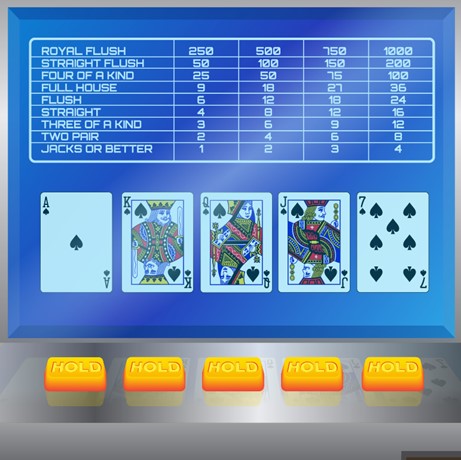
9. Do not panic
Part of the thrill of casino gambling is the risk involved in playing. That excitement can turn dangerous when a player is on a losing streak. Staying calm is essential to successful video poker play.
When things go well, it’s easy to stay calm. But when gambling, things do not always go well. In fact, in most cases players lose more often than they win. Sometimes losing streaks seem to never end. This can cause players to lose focus – to lose control.
A successful player needs to be able to handle losing streaks. Sometimes switching to a different machine can help stop the losses. When that does not work, it is time to take a break.
- Quit playing.
- Leave the casino.
- Go for a walk.
If you are staying at the casino, go to your room and relax. Let the stress completely leave your system before attempting to return to play. By remaining calm, focus is maintained. That is necessary to become a successful player.
10. Summary
Successful video poker play is not easy. It requires work. It requires alertness. It requires discipline.
A successful video poker player:
- Plays to win the most money, not the most hands.
- Selects the best game for their playing style and risk tolerance.
- Makes sure to play the game he is expecting to play.
- Knows and uses the proper playing strategy.
- Stays calm and in control.
- Takes advantage of all casino perks.
By following the tips in this article, readers can become successful video poker players.




